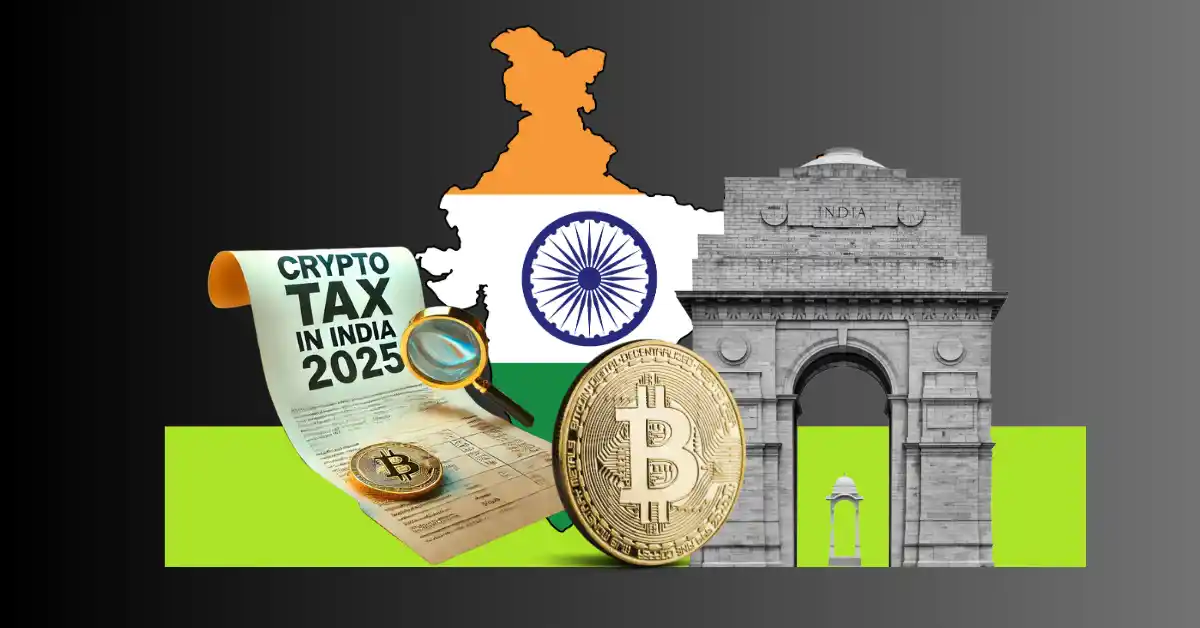
India has had a rocky relationship with cryptocurrency. Since 2013, the country’s central bank, the Reserve Bank of India (RBI), has warned people about the risks of digital assets. In 2018, things got worse when the RBI banned banks from working with crypto businesses, making it almost impossible for exchanges to operate. But in 2020, India’s Supreme Court removed the ban, giving crypto a second chance.
But that doesn’t exactly mean a full embrace. What’s next?
Despite the legal victory, the Indian government has continued to impose tough regulations. In 2022, a 30% tax on crypto profits was introduced, making trading much more expensive. Recently, the government announced a 70% tax on undisclosed crypto gains, meaning traders can’t use losses to reduce their tax burden. Anyone transacting more than ₹50,000 worth of crypto in a year must also pay extra taxes.
Many believe these harsh taxes are designed to discourage people from using crypto. Some government officials even compare crypto to gambling, claiming it’s mainly used for illegal activities.
However, despite these challenges, India’s crypto market continues to grow. In 2024, it was valued at $2.6 billion and is expected to reach $13.9 billion by 2033, growing at a rate of 18.48% per year.
International pressure is building on India to update its crypto policies. The push came after former U.S. President Donald Trump signed an executive order to explore digital assets at the national level. His administration is even considering setting up a government-backed cryptocurrency reserve. Such moves could prompt other countries to act quickly, pushing India to keep up in the global crypto race.
According to Reuters, India is now reviewing its crypto policies. Economic Affairs Secretary Ajay Seth recently said that digital assets “don’t believe in borders,” which suggests India might need to rethink its approach. If other major countries embrace crypto, India may have no choice but to follow suit.
Currently, India is more focused on developing its own central bank digital currency (CBDC). Former RBI Governor Shaktikanta Das has called CBDCs “the future of currency,” and India has already launched a pilot program for its digital rupee. The RBI is also working on a system that would allow CBDCs to be used for international transactions.
The Road Ahead
The Indian government is willing to adopt crypto, but they are also pushing for unified crypto regulations to make the digital assets streamlined, and it also reduces the risk factors. But for now, strict rules and high taxes make it difficult for the industry to grow.
The legal battle between Ripple Labs and the U.S. Securities and Exchange Commission (SEC) has…
The crypto market has taken a dip today, with the global market cap falling by…
The demand for top-tier altcoins - led by Ethereum (ETH), BNB, and Sui (SUI) -…
Solana (SOL) price has entered a crucial sell wall between $170 and $203, which has…
Ethereum (ETH) showed signs of cooling volatility after failing to break above the $4,000 resistance…
As Bitcoin and Ethereum fuel the resurgence of Altcoin Season 2025, investors are scanning the…